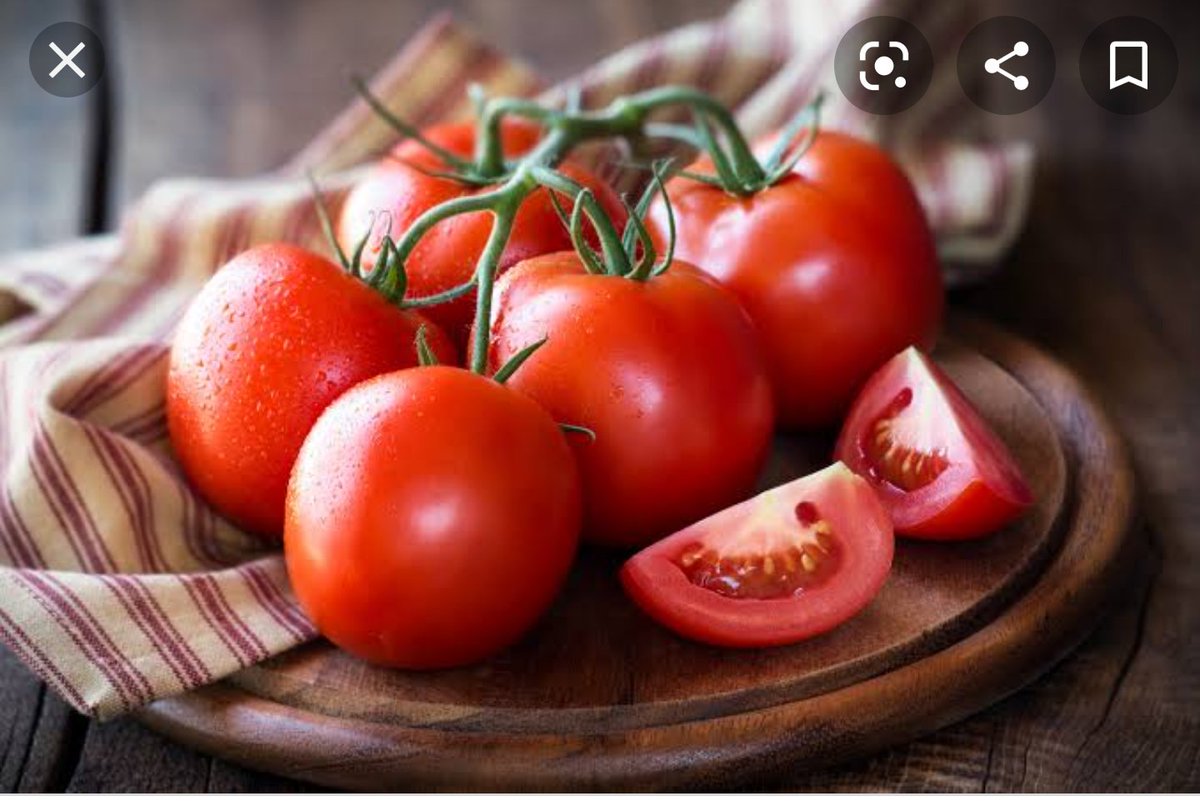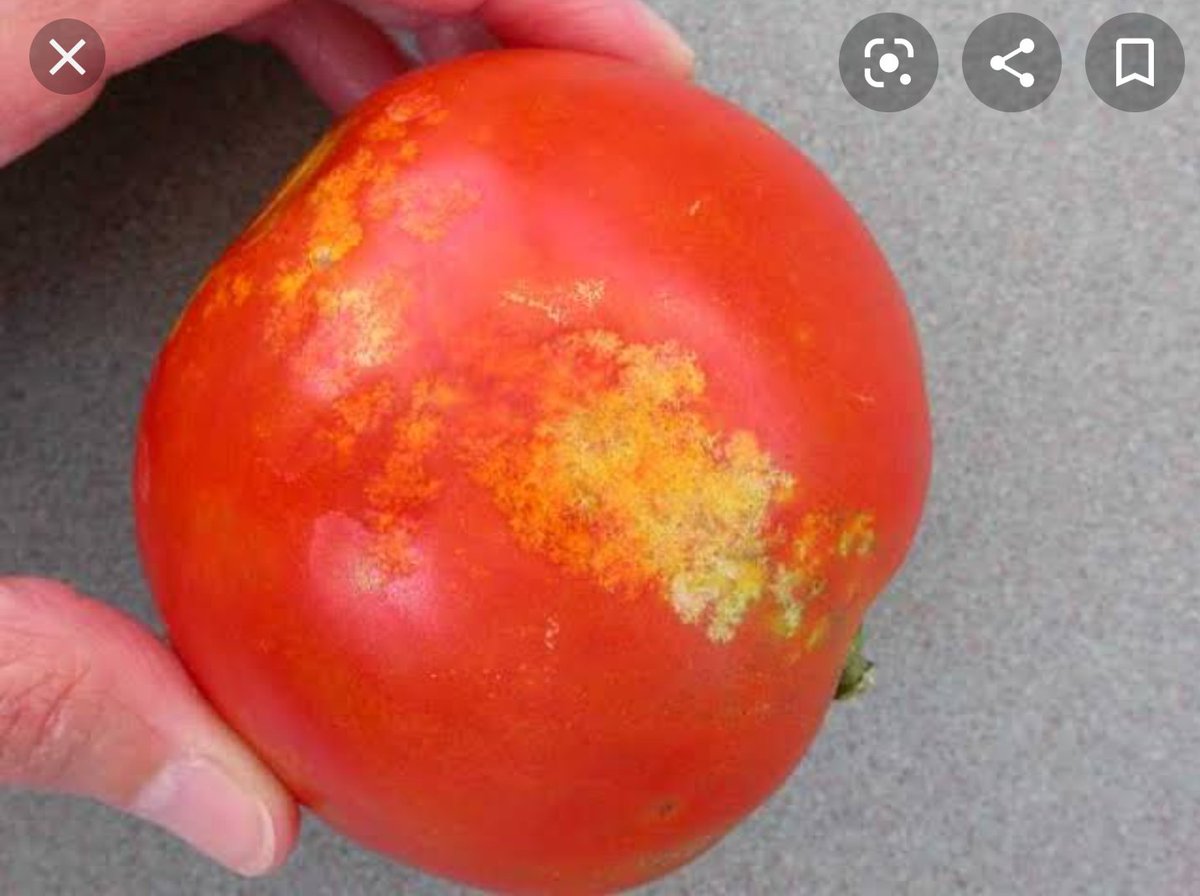As requested by the King of Threads himself, @iamkoshiek, and some of my friends and colleagues. I bring you...
Why bad roads cost Commercial Farmers money [A Thread] https://twitter.com/RoadsAgency/status/1336736631827656705
Why bad roads cost Commercial Farmers money [A Thread] https://twitter.com/RoadsAgency/status/1336736631827656705
So as a believer of the scientific method, I will break down how farmers loose money due to bad roads into the following sections;
- the problem
- the cost of the problem
- the solution
- the problem
- the cost of the problem
- the solution
As this thread is about the partnership with ZZ2 and RAL (Road Agency Limpopo), I will use the tomato as a subject matter.
Now based on an article from Farmer's Weekly, you can see the total amount of food that is gone to waste through the supply chain process.
Now based on an article from Farmer's Weekly, you can see the total amount of food that is gone to waste through the supply chain process.
Waste, as in food that is produced but not consumed. But rather disposed of.
In this subject matter, the part we're interested in is the 20% during distribution and retail.
https://www.farmersweekly.co.za/opinion/by-invitation/cost-south-africas-food-loss-waste/#:~:text=Estimates%20suggest%20that%20about%2010,in%20South%20Africa%20every%20year.&text=Most%20of%20this%20wastage%20and,and%205%25%20at%20consumer%20level
In this subject matter, the part we're interested in is the 20% during distribution and retail.
https://www.farmersweekly.co.za/opinion/by-invitation/cost-south-africas-food-loss-waste/#:~:text=Estimates%20suggest%20that%20about%2010,in%20South%20Africa%20every%20year.&text=Most%20of%20this%20wastage%20and,and%205%25%20at%20consumer%20level
Shout out:
if you want to keep tabs of the movement of farmers produce, follow @WandileSihlobo. Man has some very enlightening blogs.
if you want to keep tabs of the movement of farmers produce, follow @WandileSihlobo. Man has some very enlightening blogs.
As distribution is from the farmer to the retailer, the only form of transportation we're interested in is via our road network.
This network consists of the farmers own roads, the provincial roads and the national roads that connect the farmer and the retailer.
This network consists of the farmers own roads, the provincial roads and the national roads that connect the farmer and the retailer.
Now we all know that we as consumers, we want the perfect tomato. No blemishes or bruise or spots are allowed. That just our unrealistic bias opinion. And it's sometimes warranted. And therefore any tomato that doesn't make the cut, is rejected by the retailer.
Now all fruits and vegetables are susceptible to bruising. Avo's, tomatoes, even apples. Be it from being dropped to colliding with other objects while in a crate. Rough roads can cause such collisions and result in bruising of the flesh.
Shout out:
A smart guy called Andre Broekman (Civil Engineer) actually developed an accelerometer that records the type of impacts an avo goes through from the stage of harvest to delivery. His research helps farmers optimise handling of their produce through the supply chain.
A smart guy called Andre Broekman (Civil Engineer) actually developed an accelerometer that records the type of impacts an avo goes through from the stage of harvest to delivery. His research helps farmers optimise handling of their produce through the supply chain.
Now the problem we will be looking at is on the aspect of the road's our food travel.
The first problem is on the farmer. His/her own service roads. These are usually gravel. And a farmer without any idea on how to service their roads is just asking for bankruptcy.
The first problem is on the farmer. His/her own service roads. These are usually gravel. And a farmer without any idea on how to service their roads is just asking for bankruptcy.
The next road is the Provincial roads. These would fall under the jurisdiction of RAL / Public works. This is where the farmer has no control. Unless they partner up with the agency's that maintain the roads and make sure they're in good condition.
However this is not supposed to happen because the farmer already contributed their taxes for good roads and infrastructure. That's a story for another day.
And lastly, there is the National roads. Fortunately Sanral is doing a good job in that department.
And lastly, there is the National roads. Fortunately Sanral is doing a good job in that department.
Now the important question is the "Money"
How much are farmers loosing out on, when there's bad roads?
How much are farmers loosing out on, when there's bad roads?
For this exercise, we'll be using estimations that I've gathered from the following sources:
Johannesburg Market:
A kg of tomatoes is going for R11.36c,
ZZ2's annual distribution of tomatoes (on their website): 190 000 tonnes. ( That's 190 million kgs for those that do Meth)
Johannesburg Market:
A kg of tomatoes is going for R11.36c,
ZZ2's annual distribution of tomatoes (on their website): 190 000 tonnes. ( That's 190 million kgs for those that do Meth)
The rate for a Kilometre of new road (my guess based on my industry experience) : R7 mil/Km
The rate of road rehabilitation (based on a really bad road that can be salvaged) : R600K/Km
The rate of road rehabilitation (based on a really bad road that can be salvaged) : R600K/Km
Now working with these values. Let's assume that the farmer has to travel 100km from his farm to the retailer. For that trip, 20km is a section of road filled with potholes and uneven grading. This section of roads damages 20% of the farmers produce enroute.
20% x 190 million kgs x R11.36/kg = R431 680 000 per annum.
Now what's the cost of rehabilitation of that 20km stretch of road?
Now what's the cost of rehabilitation of that 20km stretch of road?
Well if we're just doing maintenance, you're looking at:
R600K x 20km = R12 000 000
Remember a good maintenance plan is every 3 years. So we can offset that R12 mil to R4 mil per annum
R600K x 20km = R12 000 000
Remember a good maintenance plan is every 3 years. So we can offset that R12 mil to R4 mil per annum
If we're looking to replace the 20km section you're looking at:
R7 mil X 20 km = R140 000 000 for a road that will last at least 5-7 years before a regular maintenance plan can be introduced.
(Remember this is a brand new road done by Engineers and not Tenderpreneurs)
R7 mil X 20 km = R140 000 000 for a road that will last at least 5-7 years before a regular maintenance plan can be introduced.
(Remember this is a brand new road done by Engineers and not Tenderpreneurs)
So if you're a farmer and you look at the numbers. You would think to yourself;
"What if I bite the bullet and go 60-40 with the government and make sure I have better roads to claw back that R400mil worth of produce"
What's 40% of R140mil to a billionaire?
"What if I bite the bullet and go 60-40 with the government and make sure I have better roads to claw back that R400mil worth of produce"
What's 40% of R140mil to a billionaire?
And thus the solution. The farmer goes to government and proposes a Public-Private-Partnership to co-finance road projects where his/her trucks will travel.
Obviously they will add some clauses to the agreement to make sure that real Engineers deliver a quality product.
Obviously they will add some clauses to the agreement to make sure that real Engineers deliver a quality product.
And not let their money suffer the same fate at their tax moneys!
If you made it this far in the thread, then I would like to thank you very much for attending my TEDx talk.
Live long and prosper!
If you made it this far in the thread, then I would like to thank you very much for attending my TEDx talk.
Live long and prosper!

 Read on Twitter
Read on Twitter








